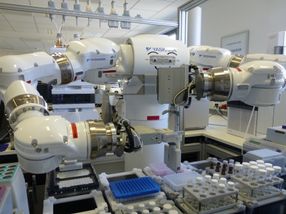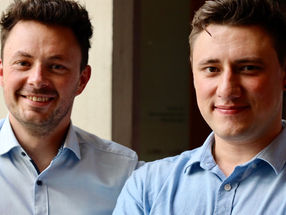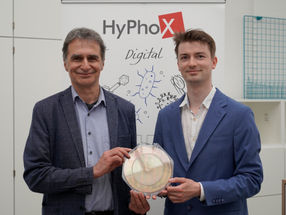Biogen Idec and Sobi announce positive top-line efficacy and safety results from phase 3 Alprolix paediatric study
Biogen Idec and Swedish Orphan Biovitrum AB announced positive top-line results of the Kids B-LONG Phase 3 clinical study that evaluated the safety, efficacy and pharmacokinetics of Alprolix® [Coagulation Factor IX (Recombinant), Fc Fusion Protein] in children under age 12 with severe haemophilia B. Alprolix was generally well tolerated and no inhibitors (neutralising antibodies that may interfere with the activity of the therapy) were detected during the study. In this study, once-weekly prophylactic dosing with Alprolix resulted in low bleeding rates. Alprolix is the only approved hemophilia B therapy with prolonged circulation in the body.
The successful completion of Kids B-LONG supports applications for paediatric indications in several geographies and is an important step in seeking marketing authorisation for Alprolix in Europe. The European Medicines Agency requires the inclusion of paediatric study data in the initial marketing application for a new haemophilia therapy. Interim results of the Kids B-LONG study helped support the U.S. approval of Alprolix for use in children.
"According to published studies, prophylactic treatment for children with severe haemophilia is recommended because it is associated with proven clinical benefits. However, frequent administration schedules can be burdensome for children and their caregivers," said Aoife Brennan, M.D, vice president of hematology clinical development at Biogen Idec. "These data will enable regulatory filings in Europe later this year as well as support paediatric indications in other countries, with the potential to help address a critical need among children with haemophilia B."
Kids B-LONG investigated the safety, efficacy, and pharmacokinetics (measurement of the presence of the drug in a person's body over time) of Alprolix in previously treated children under age 12 with severe haemophilia B. The study's primary endpoint was to evaluate the occurrence of inhibitor development. Secondary endpoints included the overall and spontaneous annualised bleeding rates (ABR), which is the estimated number of yearly bleeding episodes, and the number of injections used to treat bleeding episodes.
In the study, children treated prophylactically with Alprolix had an overall median ABR of 1.97. The median ABR for spontaneous joint bleeds was zero. Approximately 33 percent of participants in the study experienced zero bleeding episodes. Overall, 91.7 percent of bleeding episodes were controlled by one or two injections of Alprolix. The terminal half-life of Alprolix in the study was 66.5 hours for children under six and 70.3 hours for children six to less than 12 years of age. Additional analyses of the Kids B-LONG study are ongoing, and detailed results will be presented at a future scientific meeting.
No inhibitors to Alprolix were detected during the study. Alprolix was generally well tolerated and no cases of serious allergic reactions or vascular thrombotic events were reported in any participants, all of whom had been previously treated with other commercially available factor IX products. No serious adverse events were determined by any investigator to be related to the drug. One adverse event, decreased appetite, was considered related to Alprolix treatment and was reported in one participant. No participant discontinued the study due to an adverse event after receiving Alprolix. The pattern of treatment-emergent adverse events reported was consistent with the population studied and generally consistent with results seen in adolescents and adults in the pivotal Phase 3 B-LONG study.
Most read news
Topics
Organizations
Other news from the department research and development

Get the life science industry in your inbox
From now on, don't miss a thing: Our newsletter for biotechnology, pharma and life sciences brings you up to date every Tuesday and Thursday. The latest industry news, product highlights and innovations - compact and easy to understand in your inbox. Researched by us so you don't have to.























































